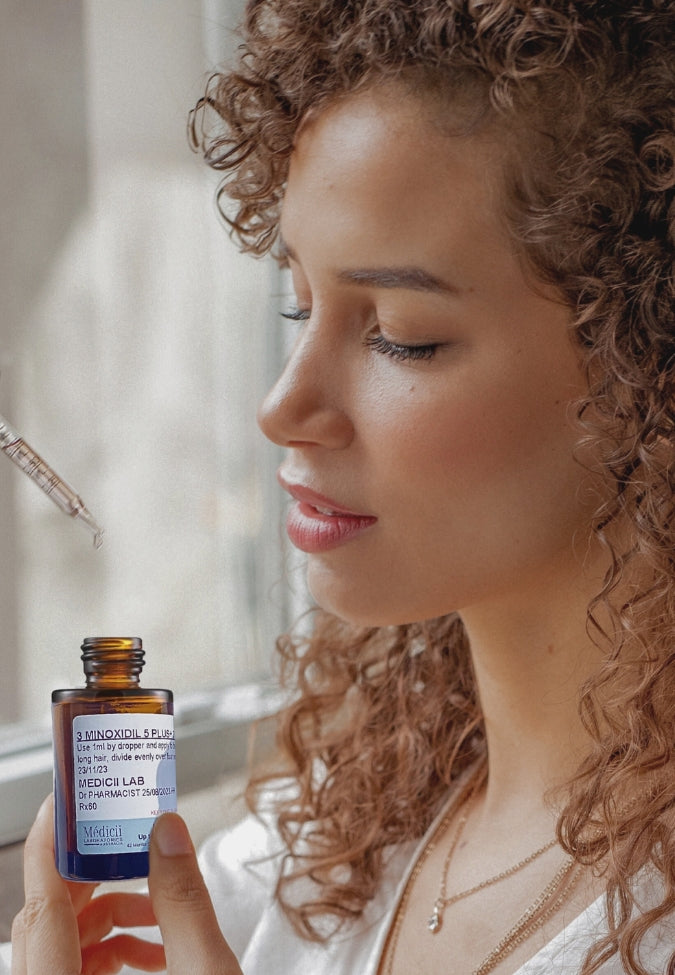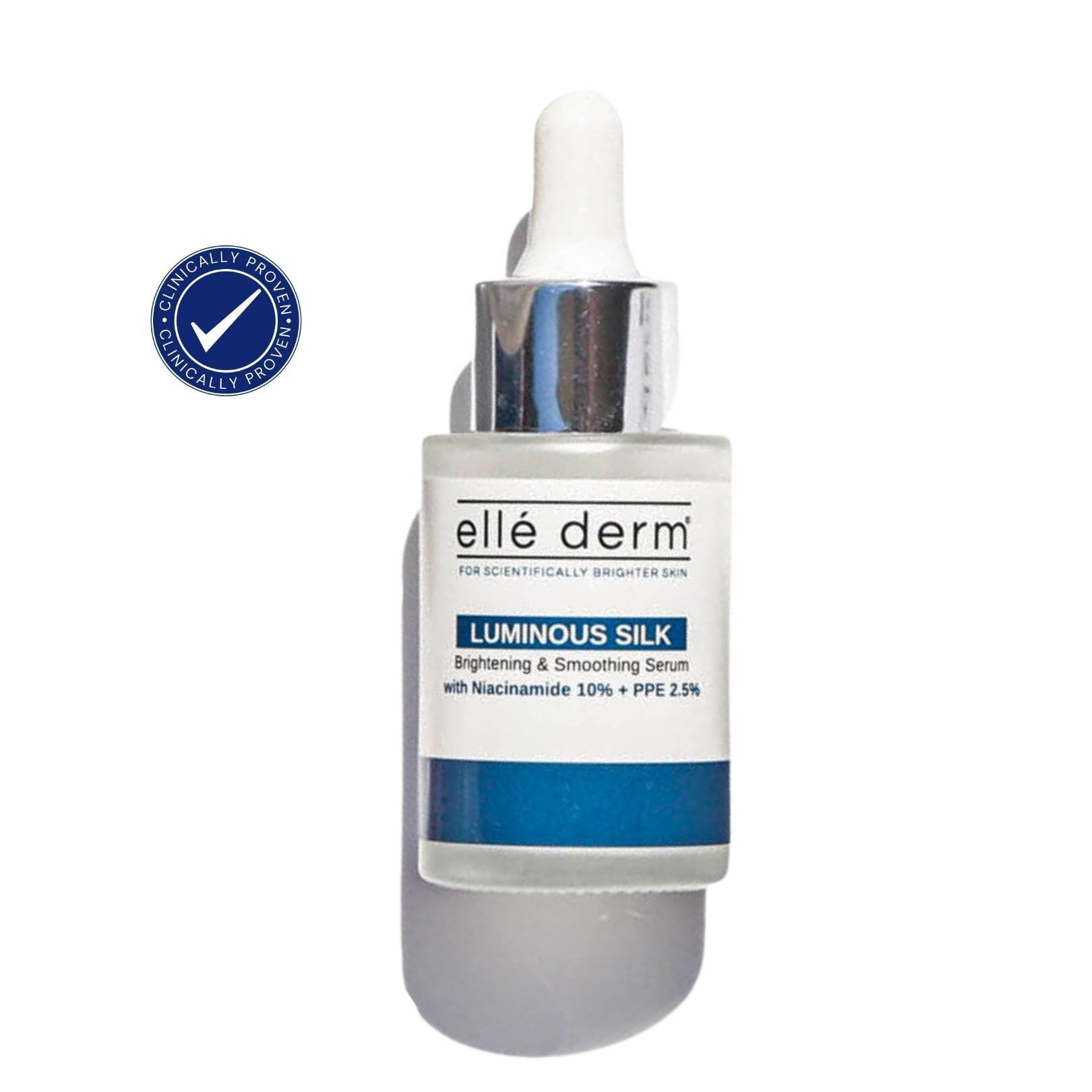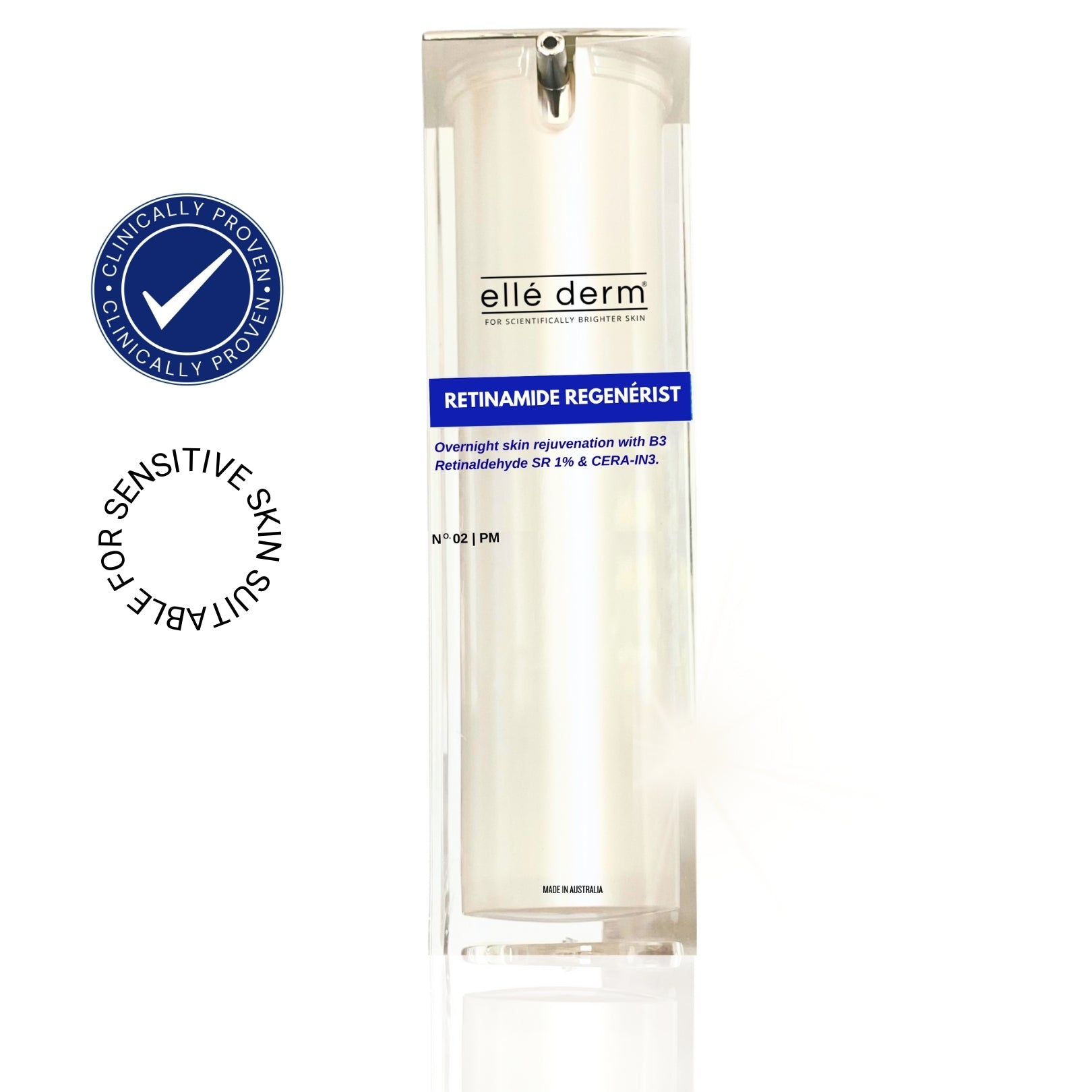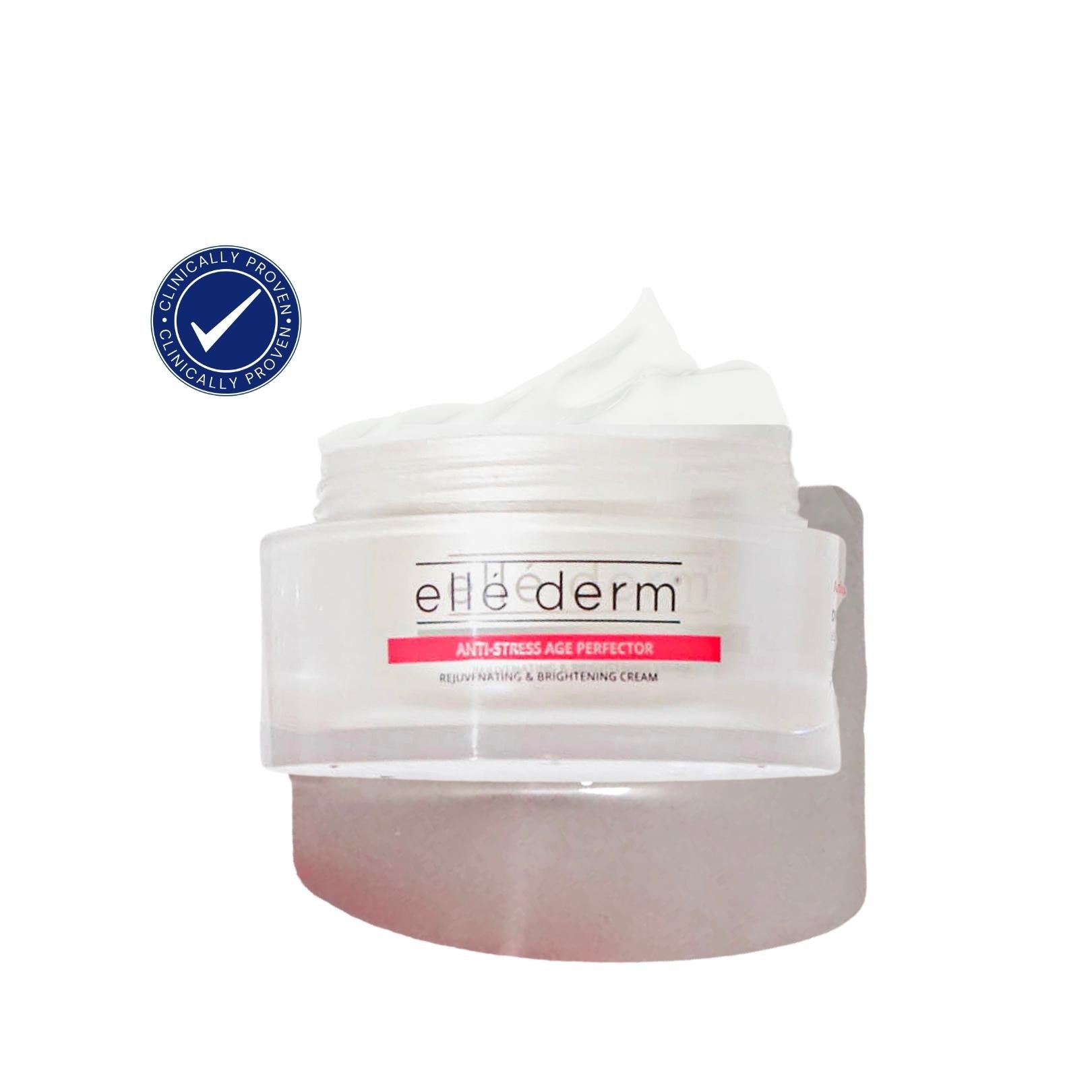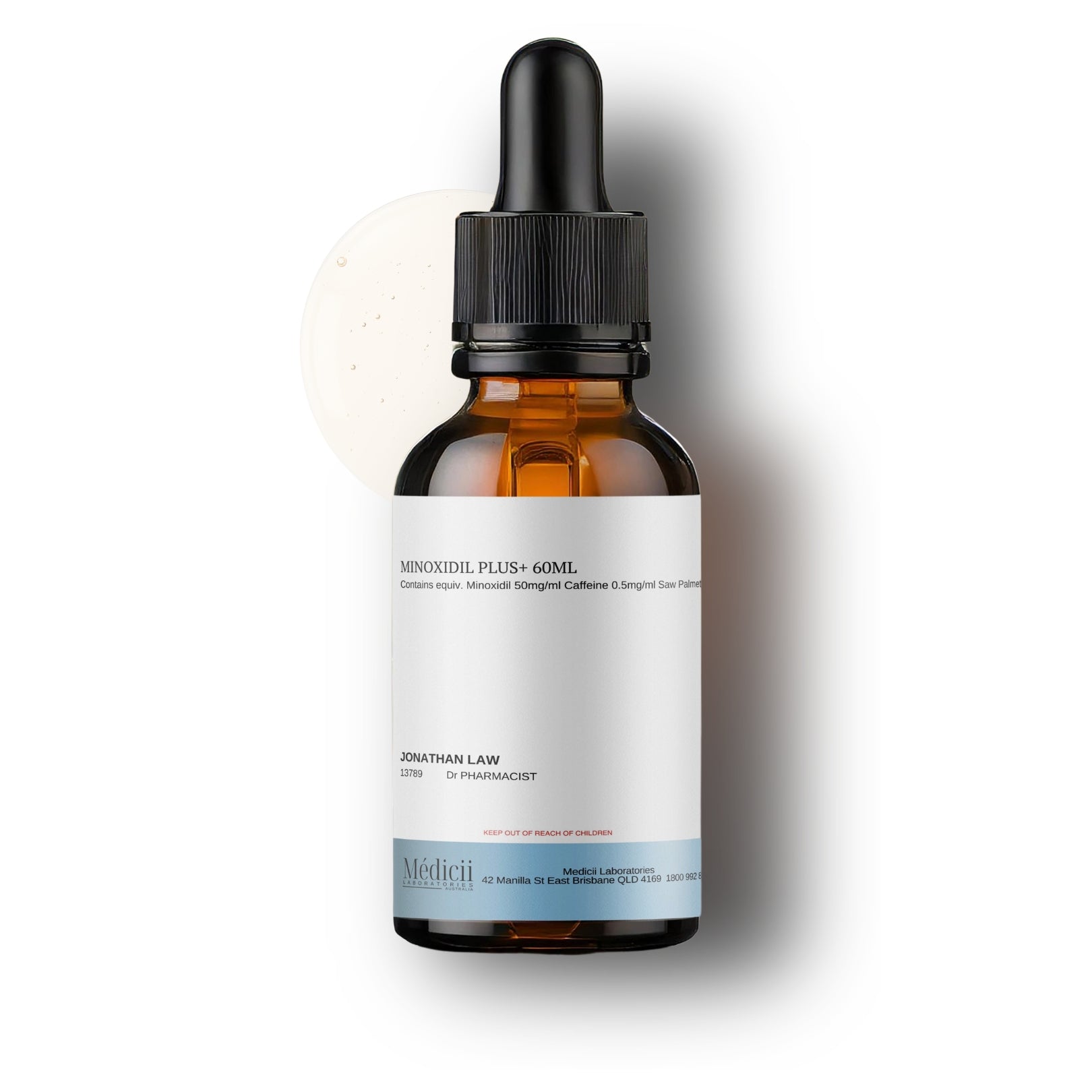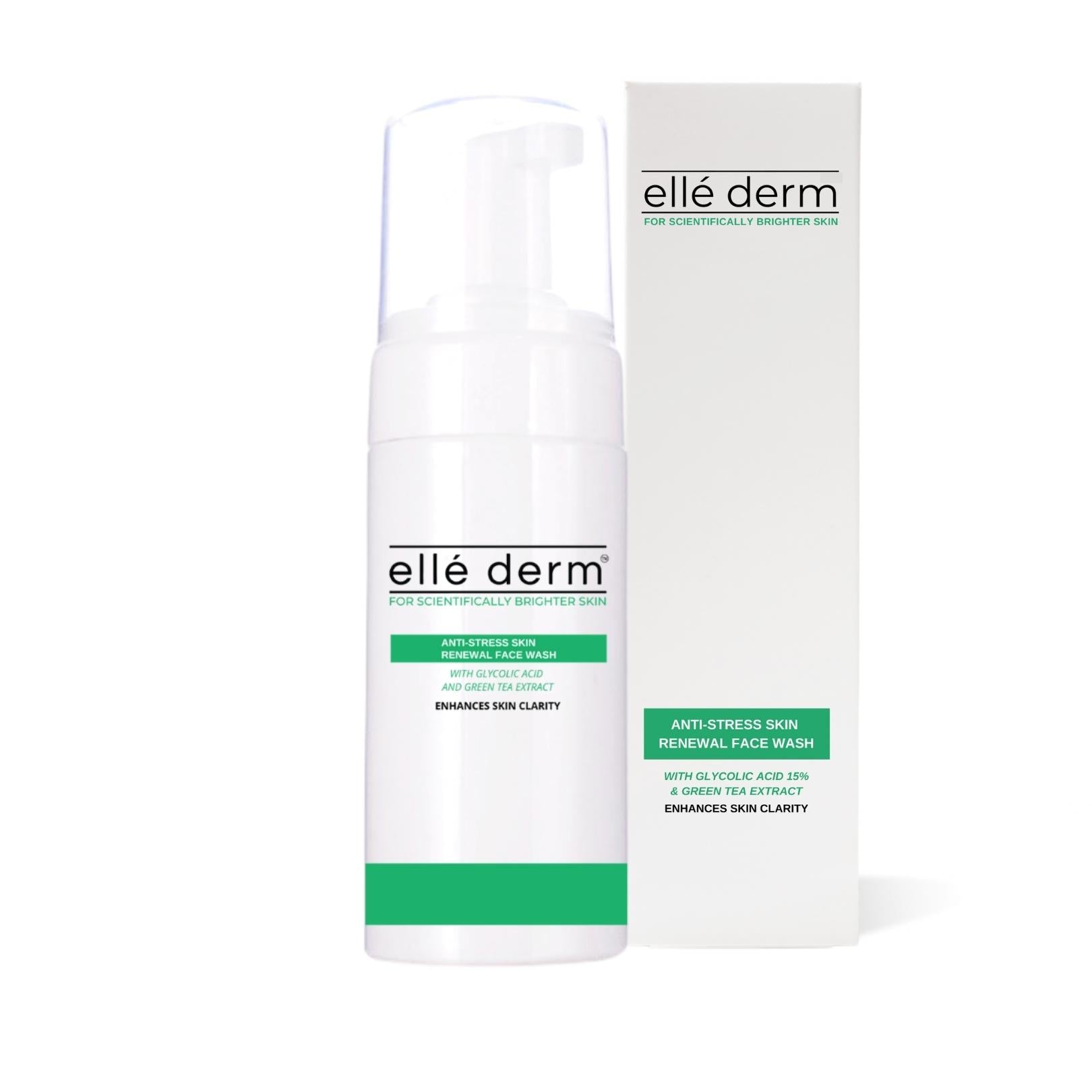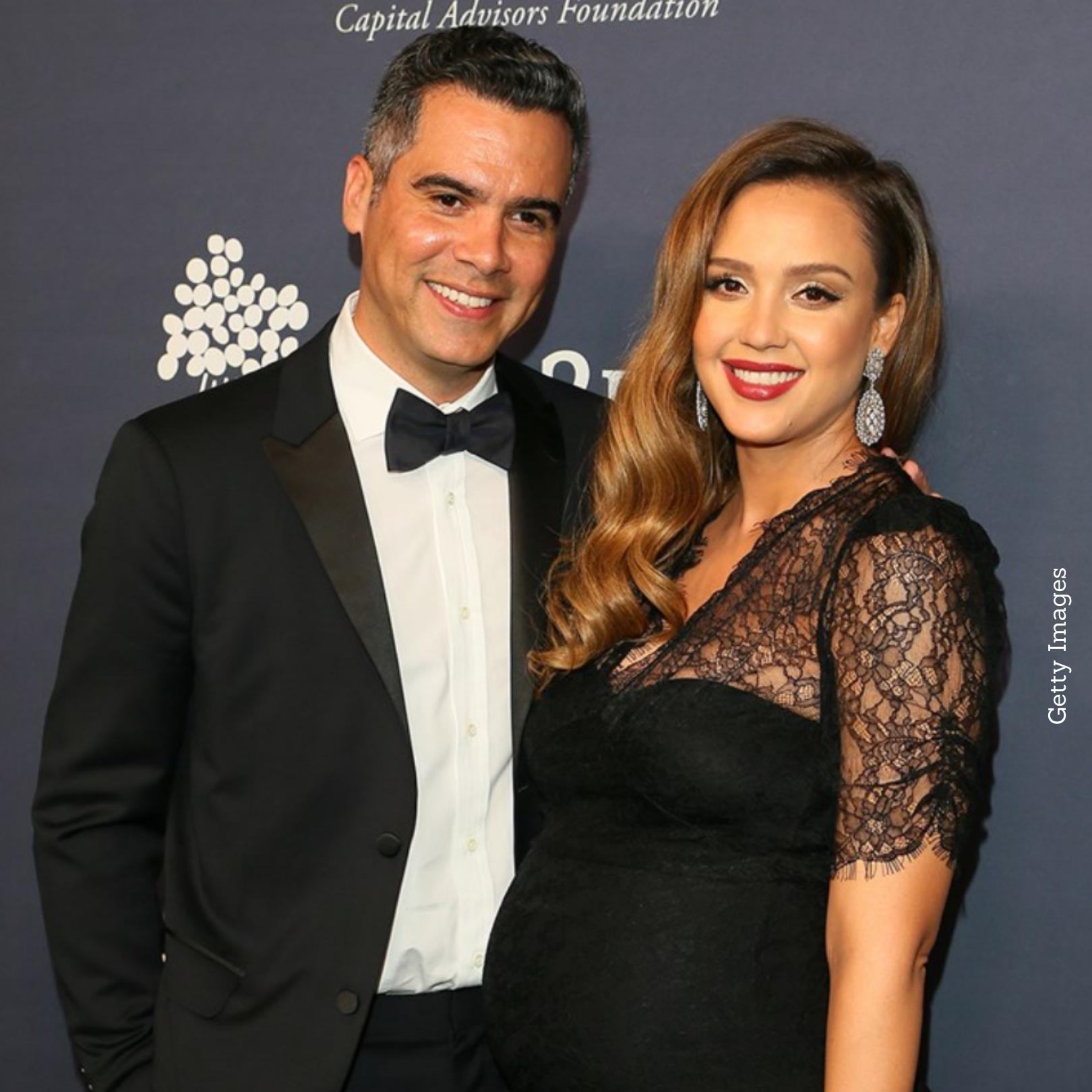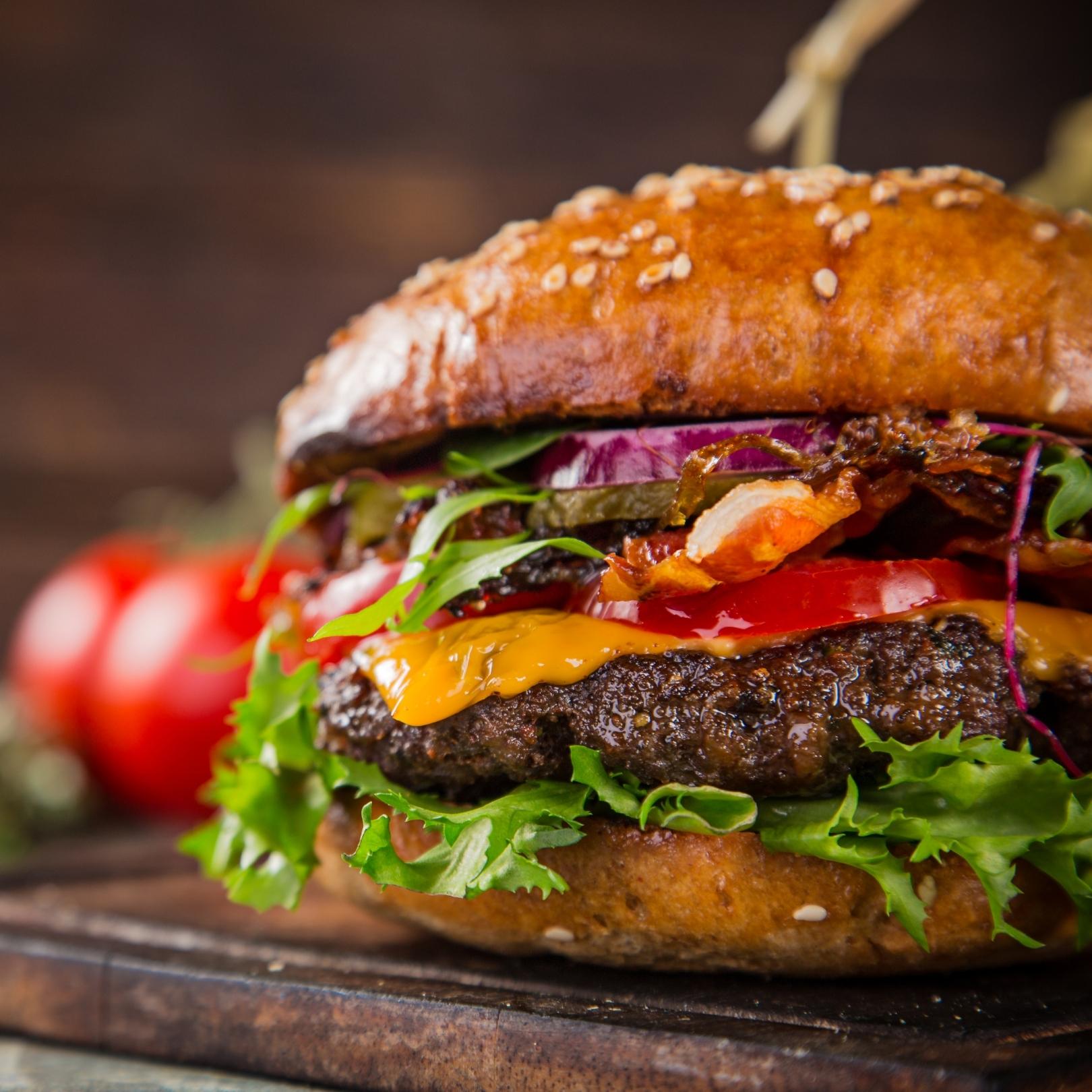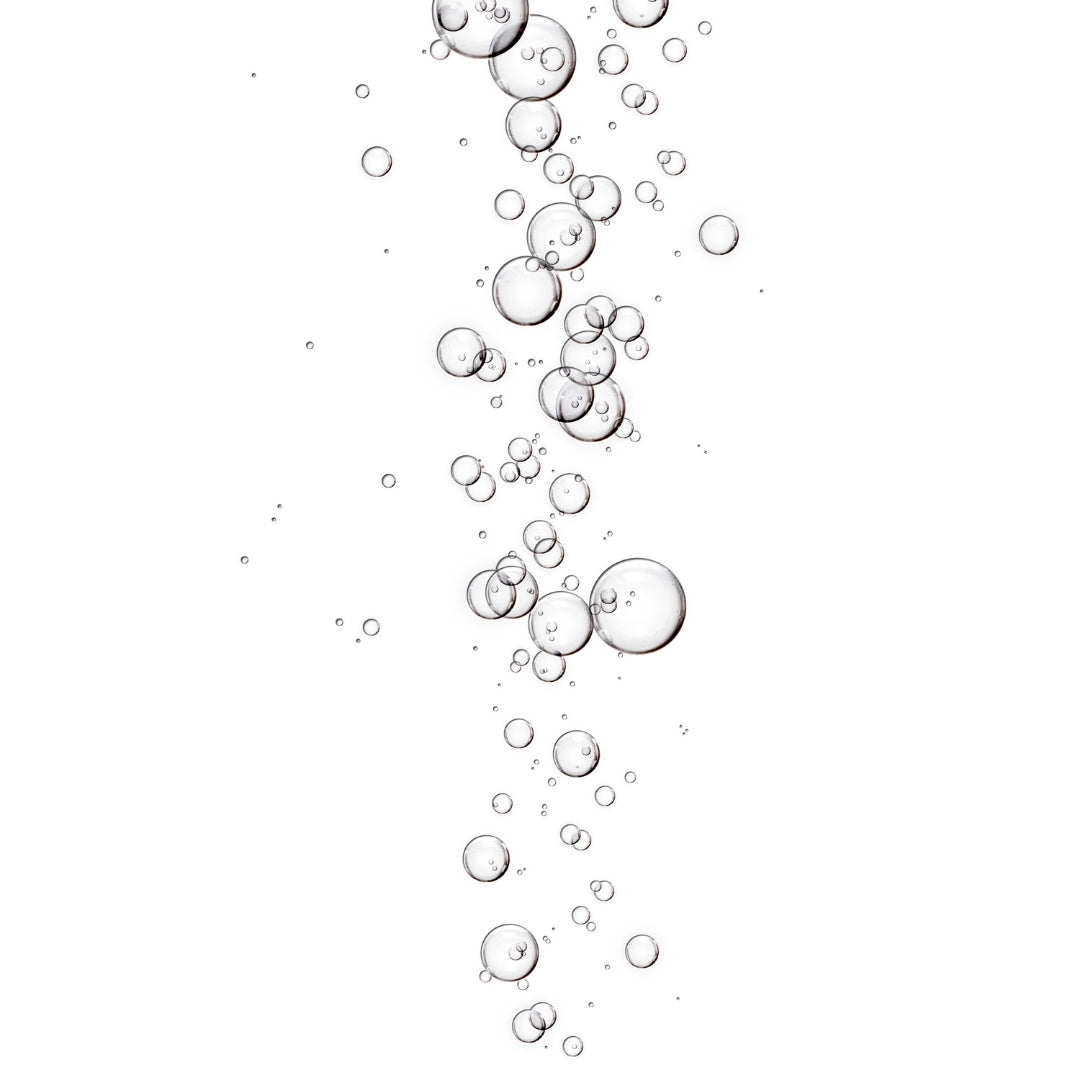
Retinol vs Retinal vs Retinoic Acid - What is the difference? | ellé derm
Vitamin A has been extensively studied and is proven to be the mainstay therapy for treating wrinkles and acne. With so many forms of Vitamin A derivatives on the market, we explore all the different options in this article.
Vitamin A or Retinoid is the umbrella term encompassing all the different forms of Retinoids. Think of Retinoids as a family. Within this family, there are many family members or cousins. Regardless of which family member you choose, they must convert into Retinoic Acid to provide anti-ageing benefits.
Retinoic Acid is the active form of Vitamin A (except Tretinoin). Retinoic Acid represents the key to unlocking the retinoic receptors at the receptor binding site. Once Retinoic Acid binds to its receptors, this turns on a cascade of cellular reactions to improve collagen production, and skin elasticity, reduce fine lines and increase cell turnover.
Retinoic Acid
You may have heard of Tretinoin or Isotretinoin - they are also known as Retinoic Acid. They can bind directly to Retinoic Acid Receptors in the skin and their effects are fast-acting. These are often not well tolerated and can cause a lot of irritation, dry mouth and dry, flaky skin. We recommend titrating tretinoin cream slowly until its effects are tolerated if you are starting on prescription tretinoin for the first time.
Tretinoin and Isotretinoin are only available on prescription in most countries (including Australia), making them less accessible.
Retinal or Retinaldehyde
Retinal (also known as RAL in scientific journals) is the abbreviated name for Retinaldehyde. Retinal is not a spelling error for Retinol. Retinaldehyde is a precursor of Retinoic Acid and requires one conversion to become Retinoic Acid. For this reason, their effects are seen much more quickly compared to Retinol. Retinol requires two conversion steps to become active.
Retinaldehyde 0.05% has clinically demonstrated to exhibit similar anti-ageing benefits to Tretinoin 0.05% but with much better tolerability. The lower side effect profile is due to a steady release of Retinoic Acid compared to Tretinoin. This unique feature allows Retinaldehyde to be better tolerated compared to other Retinoids.
Retinaldehyde is much more expensive compared to Retinol. For this reason, Retinol is still widely used in mainstream cosmetic formulations. For those with sensitive skin or rosacea, Retinaldehyde is the ideal retinoid to start on. Retinaldehyde has also been found to have anti-microbial activity against Cutibacterium acnes, (formerly known as Propionibacterium acnes), making it ideal for acne-prone skin.
Our love for Retinaldehyde is undeniable and you can find it in Retinamide Forté RAL Acne Cream, Retinamide Regenerist Emulsion and also Retinamide Regenerist Gold.
Retinol
There are also numerous studies showing Retinol has anti-ageing effects on human skin. However, Retinol is 20x less potent than Tretinoin and 11x less potent compared to Retinaldehyde. Due to its irritating profile, we recommend using Retinol with caution for those with sensitive skin or choosing a formulation that uses controlled-release Retinol.
Hydroxypinacolone Retinoate
Hydroxypinacolone Retinoate is an all-trans retinoic acid ester, a synthetic Vitamin A derivative created to act directly on Retinoic Acid receptors without conversion into Retinoic Acid. Our personal experience is that it is effective and well tolerated, however, more studies are required to compare its effectiveness against prescription strength Retinoids such as Tretinoin and Tazarotene. Their benefits on acne-prone skin are not extensively studied. Their low irritancy profile makes them ideal for people with sensitive skin.
Retinyl Esters
Retinyl palmitate (RPalm) and Retinyl propionate (RP) are other forms of topical Vitamin A derivatives. Retinyl esters have been used to reverse these skin changes due to premature ageing but their effects are isolated to the epidermis (upper layers of the skin) so their level of effectiveness is on the lower end of the Vitamin A hierachy. Results from in-vivo studies on the skin found that Retinyl propionate and Retinol have higher penetration levels when compared to Retinyl Palmitate.
Author: Helen Huynh (B Pharm) MPS
Updated: December 12, 2022.
References:
- Antiageing effects of Retinoid Hydroxypinacolone Retinoate on skin models. Journal of American Academy of Dermatology. Published September 2018. Available from: https://www.jaad.org/article/S0190-9622(18)31012-0/fulltext
- Retinoids in the treatment of skin aging: an overview of clinical efficacy and safety. Journal of Clinical Interventions in Aging 2006:1(4) 327–348. Available from: https://www.ncbi.nlm.nih.gov/pmc/articles/PMC2699641/pdf/cia-1-327.pdf
- Belyaeva, O et al. Generation of Retinaldehyde for Retinoic Biosynthesis. Journal of Biomolecules. 2020 Jan; 10(1): 5. https://www.ncbi.nlm.nih.gov/pmc/articles/PMC7022914/
- Babamiri, K et al. Cosmeceuticals: the evidence behind retinoids. Aesthetic Surgery Journal, Volume 30, Issue 1, January 2010, Pages 74–77.
- Bjerke, D et al. The Vitamin A ester Retinyl Propionate has a unique metabolic profile and high retinoid-related bioactivity over retinol and retinyl palmitate in human skin models. Journal of Experimental Dermatology. 2021 Feb;30(2):226-236. Accessed December 12, 2022. DOI: 10.1111/exd.14219


